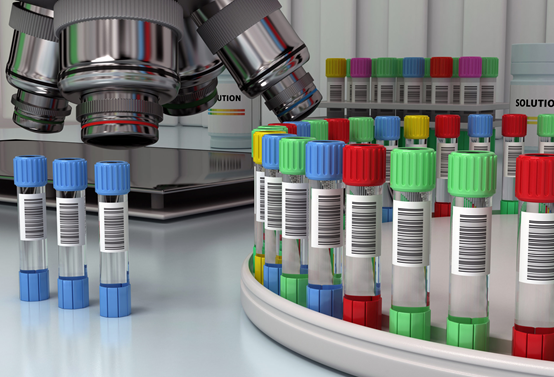by Alexis Ferrier | Nov 17, 2021 | Analytics, Compliance, Consulting Group, FDA, Guidance, Pharma, Pharmaceuticals, QMS, Quality, Quality Systems, Regulatory, Requirements, Standardization, Standards, Supplier Management

A fundamental question in any drug development program is which regulatory pathway to pursue. There are clearly defined pathways in which a drug can be approved. It’s essential to determine this answer early on in the program because it dictates the scope of nonclinical and clinical studies that need to be conducted and how the marketing application will be presented to regulatory bodies.
The 505(b)(1) Regulatory Pathway is the “traditional” New Drug Application process. Sponsors use this pathway to obtain the approval of a new drug with active ingredients that the FDA has not previously approved1. The data package necessary for supporting this new drug prospective demonstration of clinically meaningful treatment benefits and statically significant safety and efficacy after an extensive clinical development program entirely conducted by or for the sponsor, without allowance for reference to third party data. Essentially, 505(b)(1) is a pathway for innovative new drugs.
The 505(b)(2) pathway is an alternative NDA process for approving a new drug that contains the same active ingredient as a previously approved product. This pathway is intended to allow sponsors to obtain approval of NDA’s containing investigations of safety and effectiveness that were not conducted by or for the sponsor. This section helps by avoiding unnecessary duplication of studies that have already been performed on the reference drug. This pathway is usually attractive to sponsors operating without a large number of resources. The 505(b)(2) shortens the time and expense of getting a drug approved. The 505(b)(2) and 505(j) pathways are intended to provide an efficient approval pathway for non-innovator drug products by utilizing existing information to support the approval package.
In an Abbreviated Drug Marketing Application (ANDAs), the applicant claims that their drug duplicates an already-approved drug. The goal with an ANDA is to demonstrate “sameness” to an already approved innovator drug. In section 505(j)(8)(B)(i), a generic drug is considered to be bioequivalent to the listed drug if the rate and extent of absorption of the generic drug do not show a significant difference from the listed drug3. There cannot be a difference when the same dose is administered at the same dose and under similar conditions. No new safety or efficacy studies are performed, and only small confirmatory studies support the ANDA.
Deciding on the appropriate regulatory pathway for your drug development program is a process that requires an understanding of the content and purposes of sections 505(b)(1) and 505(b)(2) and 505(j). Consultants at EMMA International can help you decide which regulatory pathway is best for your drug. Regardless of the path best for the development plan, experts at EMMA International will be there to enable discussions with the FDA and guide your product through the approval process. Contact us today at 248-987-4497 or email us at info@emmainternational.com to find out more.
From EMMA international